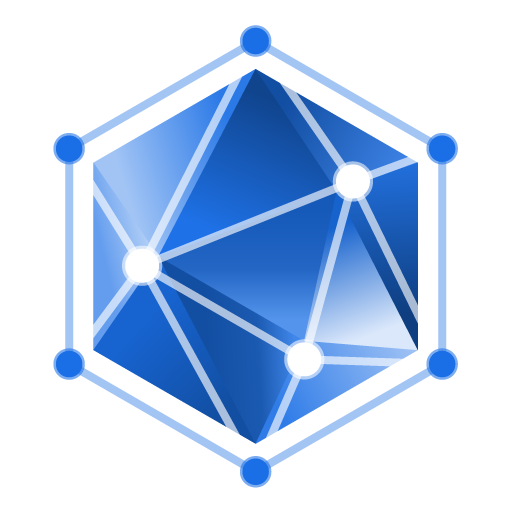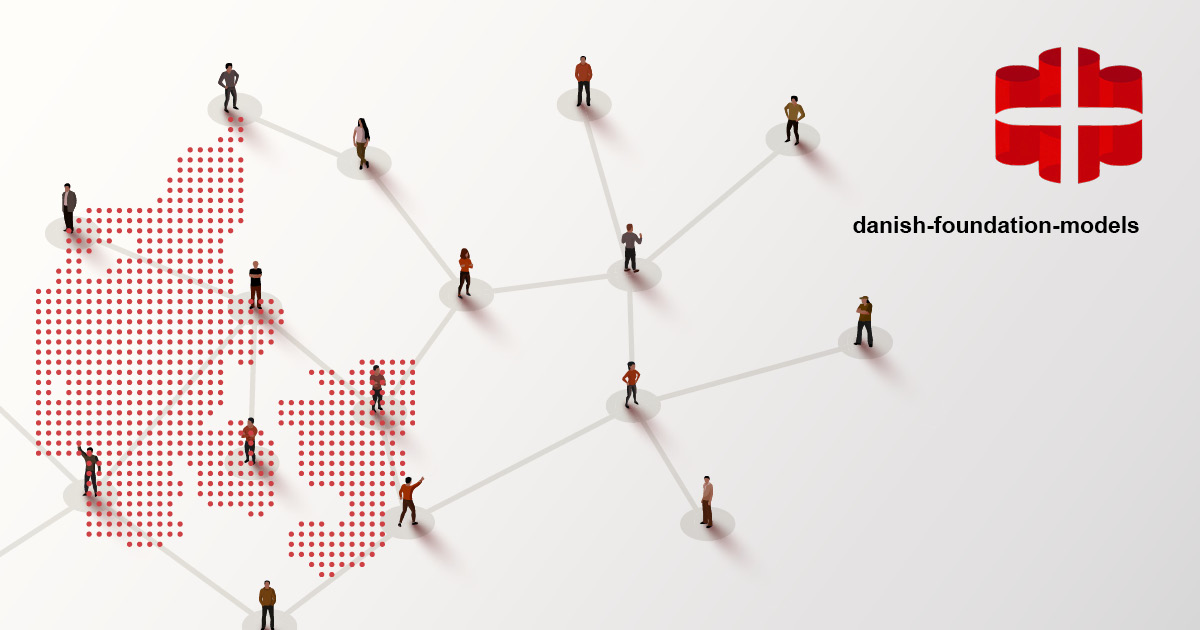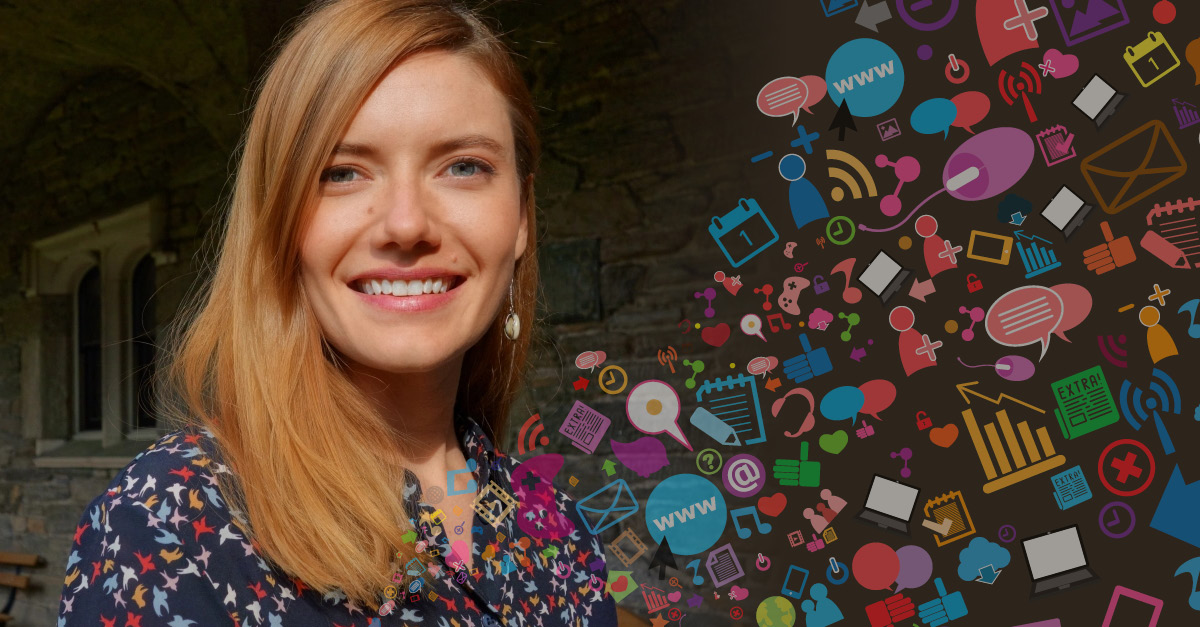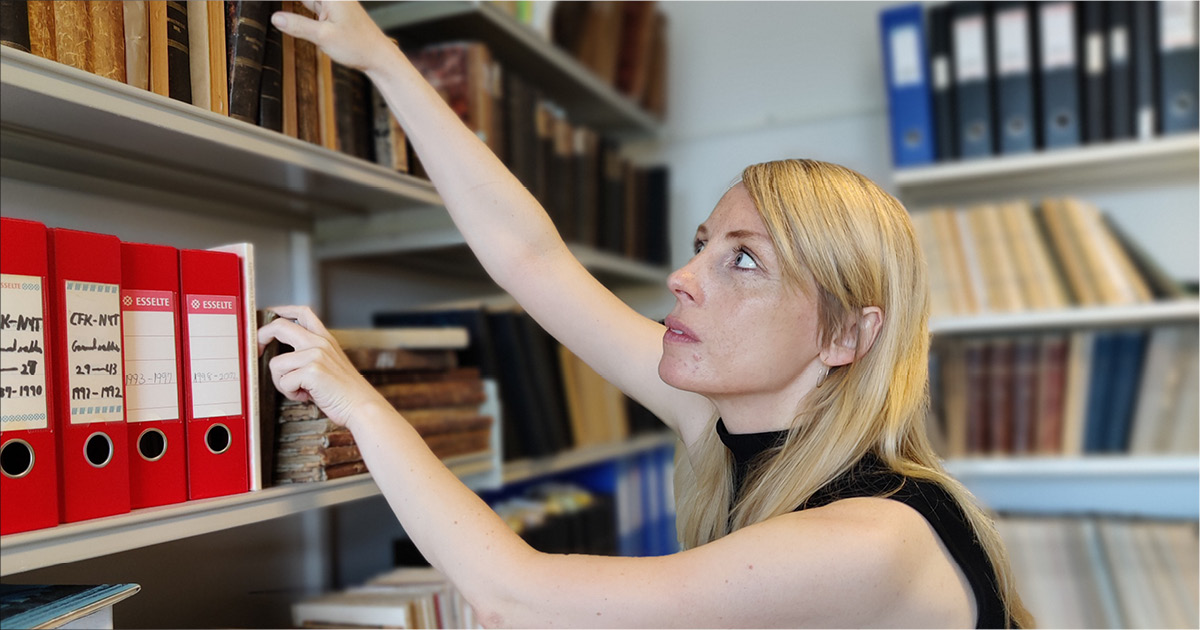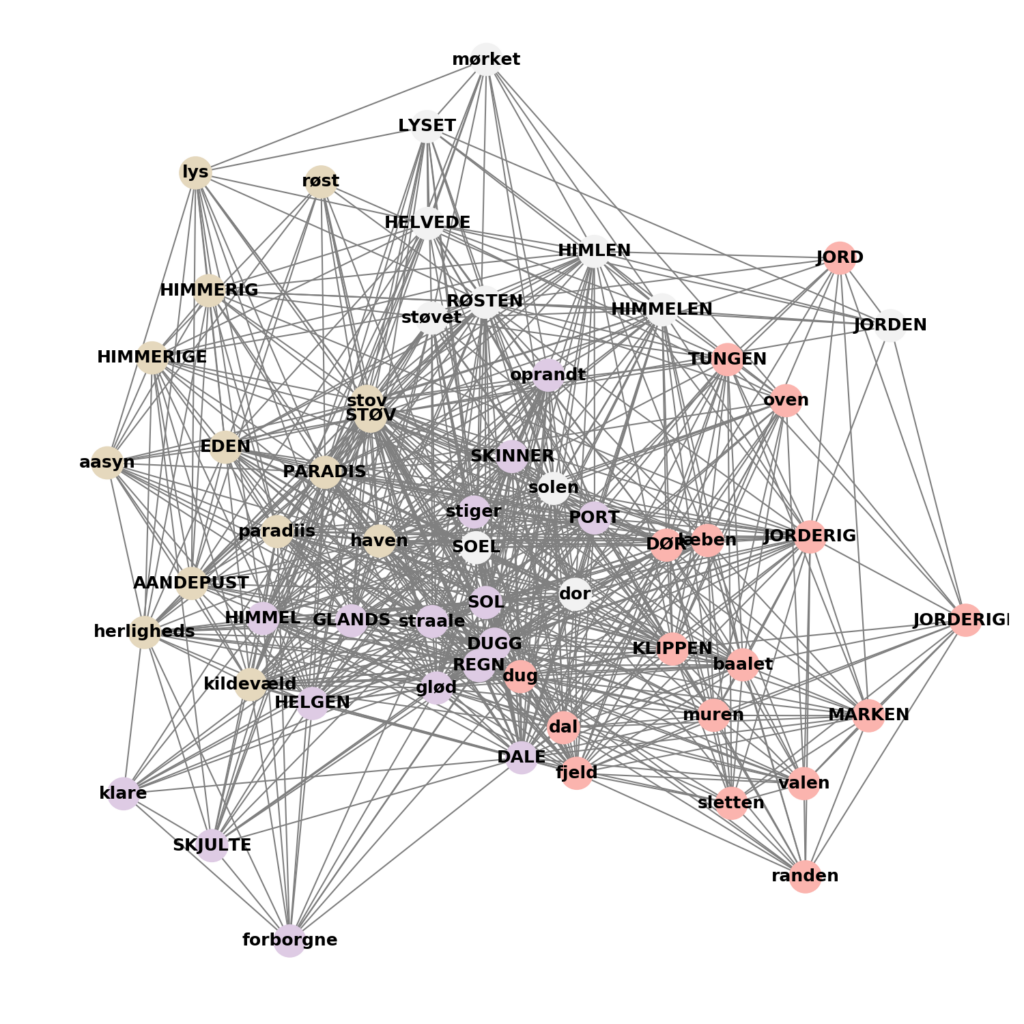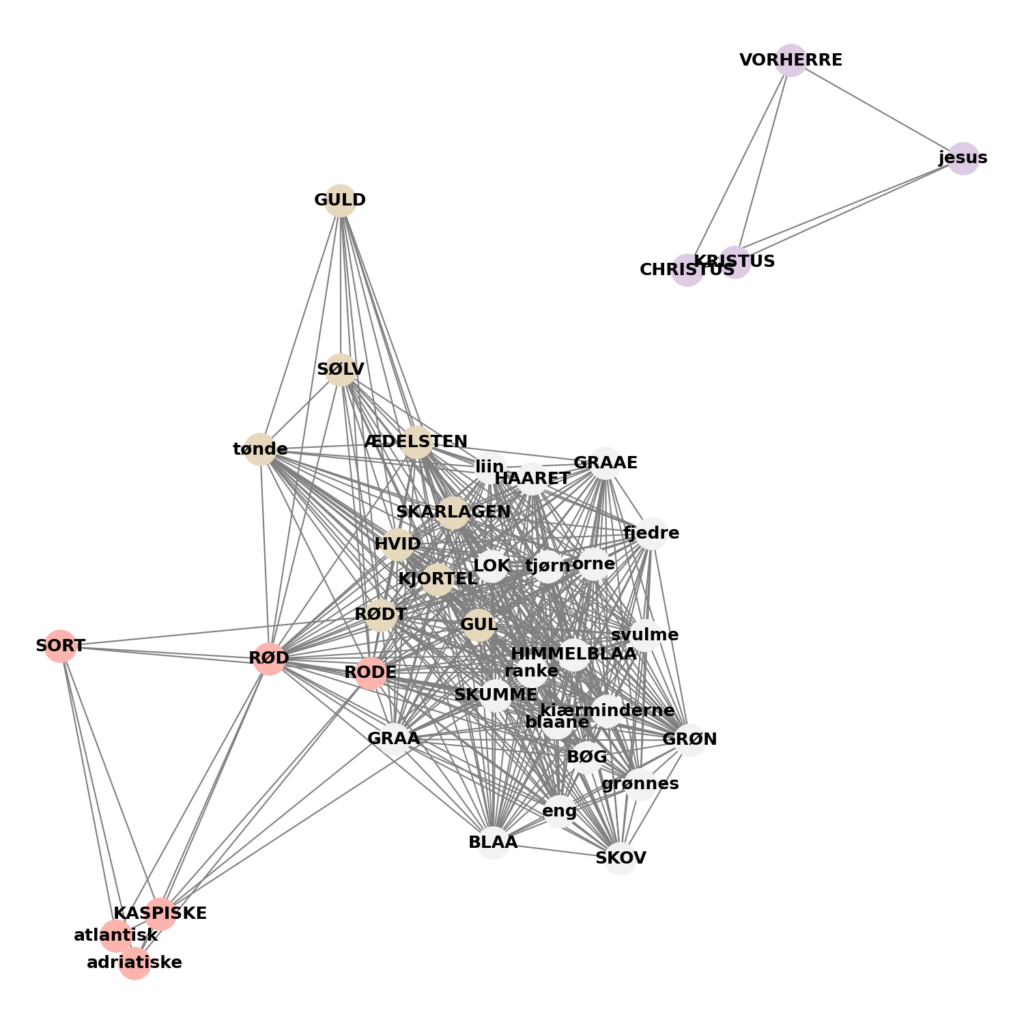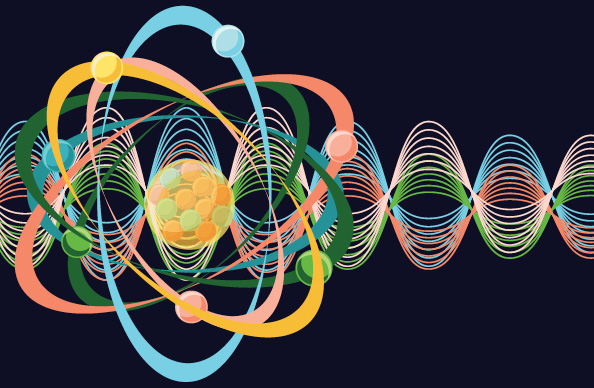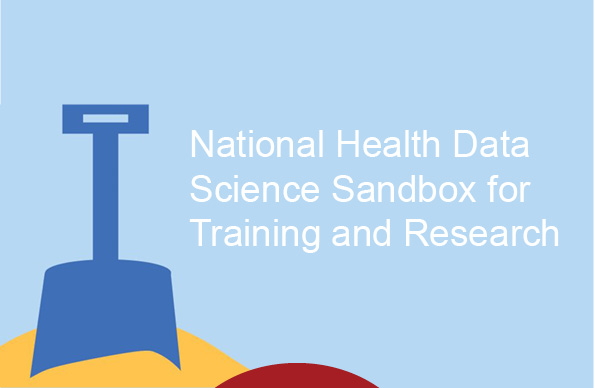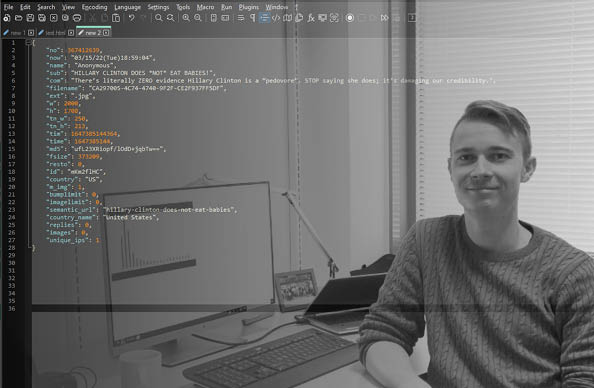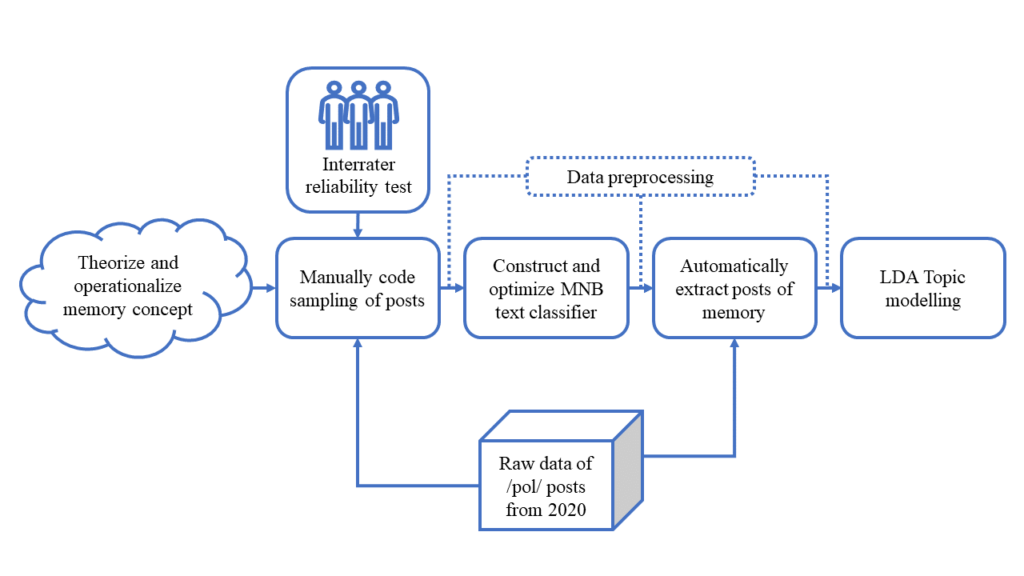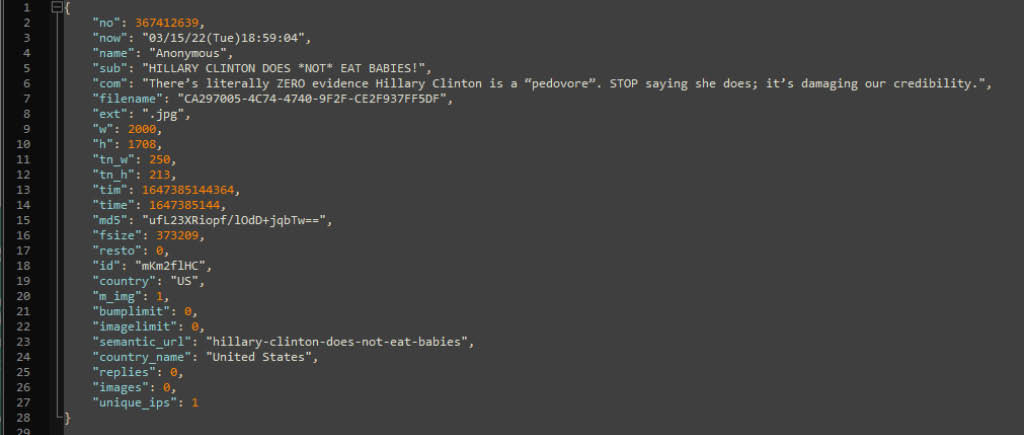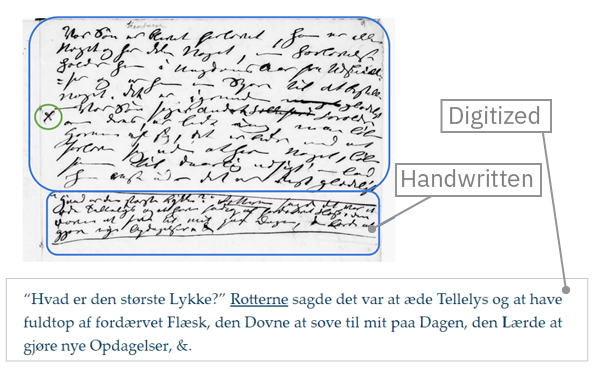Af Jasper Riis-Hansen and Line Ejby Sørensen, Center for Humanities Computing (CHC), Aarhus Universitet
DeiC Interactive HPC – UCloud spiller en central rolle i projektet Danish Foundation Models (DFM), som er en del af regeringens strategiske satsning for kunstig intelligens.
Danish Foundation Models (DFM) støttes af Digitaliseringsministeriet som led i regeringens strategiske indsats for kunstig intelligens, der skal sikre, at vi i Danmark har adgang til avancerede og specialtilpassede sprogmodeller, der kan anvendes i en række sektorer, herunder sundhed, offentlig forvaltning, uddannelse og det private erhvervsliv.
Et fælles digitalt miljø
DFM-projektet forener danske universiteter, forskningsinstitutioner og erhvervspartnere i en fælles indsats for at sætte nye standarder for etisk ansvarlige og inkluderende AI-sprogteknologier.

Projektet er et samarbejde mellem Aarhus Universitet, Københavns Universitet, Syddansk Universitet og Alexandra Instituttet. DeiC Interactive HPC – UCloud spiller en helt central rolle i projektet ved at bidrage med høj datasikkerhed, skalerbar regnekraft og ikke mindst en lettilgængelig, sikker og national cloud-platform til samarbejde mellem projektets partnere.
” UCloud danner basis for et vigtigt skridt i forskningsdigitaliseringen, fordi platformen både giver nem adgang til regnekraft, som gør skalerbar dataanalyse og modellering enklere, og den udgør et sikkert miljø til håndtering af følsomme data. Platformen gør det også nemt at samarbejde på tværs af institutioner og giver os mulighed for at styre dataadgang efter behov. Det er særligt relevant for DFM-projektet, hvor der er mange partnere, der deltager på forskellige niveauer af projektet.”
Postdoc Kenneth Enevoldsen
Datasikkerhed og regnekraft
Fordi AI-modeller ofte trænes på følsomme data, er det afgørende, at databehandlingen overholder både GDPR og danske sikkerhedsstandarder. UCloud er ISO27001-certificeret og udviklet specifikt til at leve op til både danske og EU-krav for sikker databehandling.
“I DFM-projektet håndterer vi meget store mængder af data fra forskelligartede kilder – inklusive følsomme data, som modellerne skal trænes på, og det stiller store krav til datasikkerheden. Derfor er UCloud et vigtigt værktøj i projektet – netop på grund af den høje datasikkerhed og adgangen til skalerbar regnekraft.”
Postdoc Kenneth Enevoldsen
Selvom DFM også anvender nogle af de europæiske supercomputere som LUMI i Finland og Leonardo i Italien, er projektets daglige drift stærkt afhængig af UCloud. Udover at være et trinbræt til højtydende beregninger, fungerer UCloud også som en sikker og brugervenlig platform med et bredt udvalg af lettilgængelige applikationer, der er afgørende for den daglige forskning, samarbejde, databehandling og innovation på tværs af projektets brede faglige spændvidde.
Kritisk infrastruktur for dansk AI-udvikling
DFM’s ledende forskere, Kristoffer Nielbo og Peter Schneider-Kamp, fremhæver, at DeiC Interactive HPC – UClouds robuste digitale forskningsmiljø udgør kritisk infrastruktur for forskningen. Det effektiviserer arbejdsgange, styrker samarbejdet og fremskynder udviklingen af både sprog- og AI-teknologier.
“Uden UCloud ville DFM-projektet selv være nødt til at etablere denne type digital infrastruktur fra bunden med store tidsmæssige og økonomiske omkostninger til følge. Platformens rolle i DFM-projektet viser tydeligt, hvordan robuste og samarbejdsorienterede digitale forskningsmiljøer er fundamentale for Danmarks AI-strategier.”
FAKTA: Danish Foundation Models (DFM)
Danish Foundation Models (DFM) er et samarbejdsprojekt mellem Aarhus Universitet, Københavns Universitet, Syddansk Universitet og Alexandra Instituttet.
Projektet er støttet af Digitaliseringsministeriet med en bevilling på 30,7 millioner kroner og har til formål at udvikle avancerede sprogmodeller med åben adgang og gennemsigtige udviklingsprocesser.
Sprogmodellerne er særligt tilpasset dansk og andre skandinaviske sprog og kulturer og skal kunne anvendes i en bred vifte af sektorer, herunder sundhed, offentlig forvaltning, uddannelse og det private erhvervsliv.
DFM skal etablere en ny standard for etisk ansvarlig, inkluderende og gennemsigtig AI-sprogteknologi til gavn for både det danske samfund og forskningsverdenen.
Læs mere: Danish Foundation Models, Ministry of Digital Affairs press release
